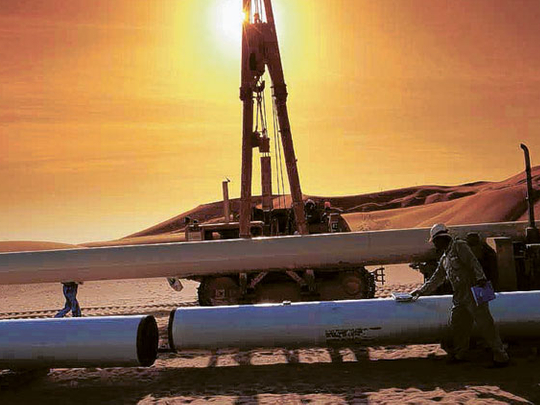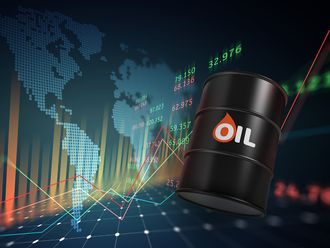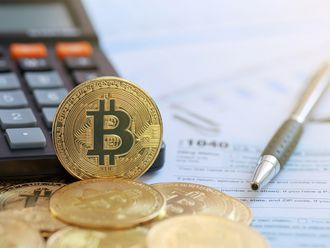
The UAE is to be congratulated on joining the Gas Exporting Countries Forum (GECF) after the Cabinet approval on May 15, as reported by Gulf News. The decision has been expected for some time since the first GECF summit in Doha last November when Oman also joined the organisation.
The GECF now has 13 of the world's leading natural gas producers in its ranks in Algeria, Bolivia, Egypt, Equatorial Guinea, Iran, Libya, Nigeria, Qatar, Russia, Trinidad and Tobago, Oman, the UAE and Venezuela in addition to Norway, Kazakhstan and the Netherlands as observers.Members of GECF control about 70 per cent of the world's gas reserves and probably more than 60 per cent of exports, a share set to touch 70 per cent by 2020.
Wood Mackenzie's Global Gas Model forecast exports from GECF countries in 2020 to be 1,038 billion cubic metres (bcm), up from 488 bcm in 2007 and much more than total non-GECF exports, which are likely to rise to 430 bcm from 325 bcm in the same period. Now that Oman and the UAE are members, the organisation's reserves, production and exports are only expected to rise.
Clear benefits
The UAE will find it advantageous to coordinate with other members on avenues of cooperation, exchanging views and information, cooperating with buyer nations to maintain the stability of the gas market, supporting the sovereign rights of members over their natural gas resources, and to preserve and use such resources for the benefit of their peoples, and possibly investing together.
Further down the line the opportunity may arise to have a better management of gas prices, which have been under pressure in the last few years and are far below a level of parity with oil prices on an energy-equivalent basis.
The UAE oil industry started off in 1939 with the award of the first exploration concession but it was not until 1960 that oil was discovered in Abu Dhabi's Bab field which was preceded by the discovery in 1959 of the offshore Umm Shaif field. Attention later turned to natural gas and Gasco was incorporated in 1978 and is now one of the largest gas processing companies in the world. Gas reserves grew from 2.4 trillion cubic metres (tcm) in 1980 to 6 tcm in 2010 or about 3.2 per cent of world reserves of 187 tcm. Production, which was a modest 1.5 bcm in 1971, grew to almost 51 bcm in 2010. Consumption in the same period rose from 1.3 bcm to 60.5 bcm.
The steady demand has been met by the phased development of free gas fields onshore and offshore and the imports of gas from Qatar by pipeline, in addition to a small quantity of liquefied natural gas (LNG). The first gas liquefaction company in the region was established by the UAE in 1973. The plant on Das Island with an initial annual production capacity of 2.5 million tonnes of LNG and 800,000 tonnes of liquified petroleum gas (LPG) marked the start of long-term exports in 1977.
The plant capacity was doubled in 1994 and its exports of LNG in 2010 were 7.9 bcm or 5.8 million tonnes mainly to Japan and other Asian countries.
The increased demand for gas and the desire to maintain exports is currently driving the UAE to develop the Shah gas field. The field is complex and difficult to develop as the gas is sour, but technology and knowhow are now available for such fields. Its raw gas capacity is over 10 bcm a year and on completion in 2014 it will deliver about 5.6 bcm of sweet natural gas a year to the national network.
The petrochemical industry in the UAE is based on gas feedstock. The petrochemical company Borouge was established in 1998 to produce plastics and expanded to a capacity of two million tonnes a year in the second half of 2010.
With such credentials, no wonder the UAE decided to join GECF. As for the other members, they are now more assured of the future evolution of the organisation.
The writer is former head of Energy Studies Department at the Opec Secretariat in Vienna.












